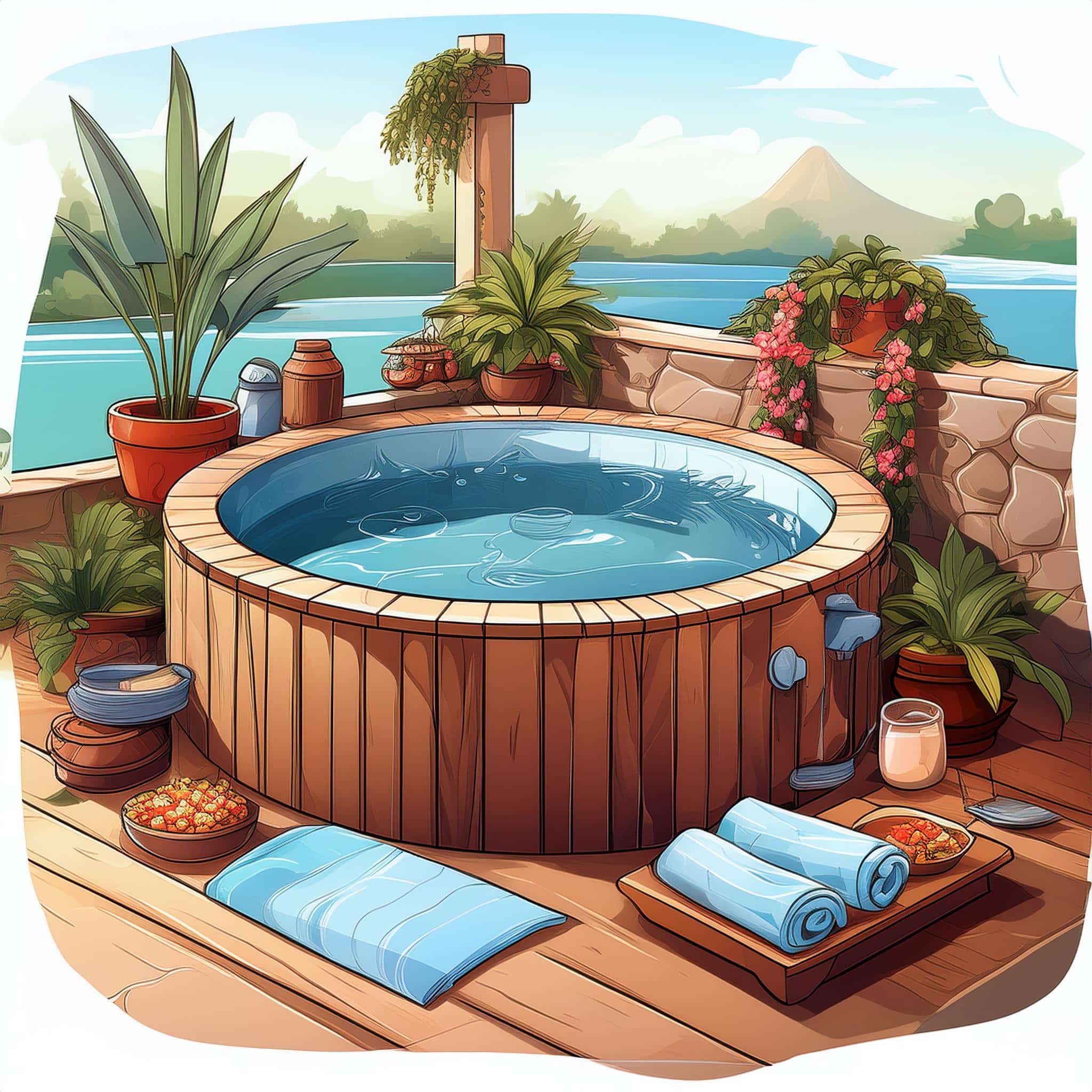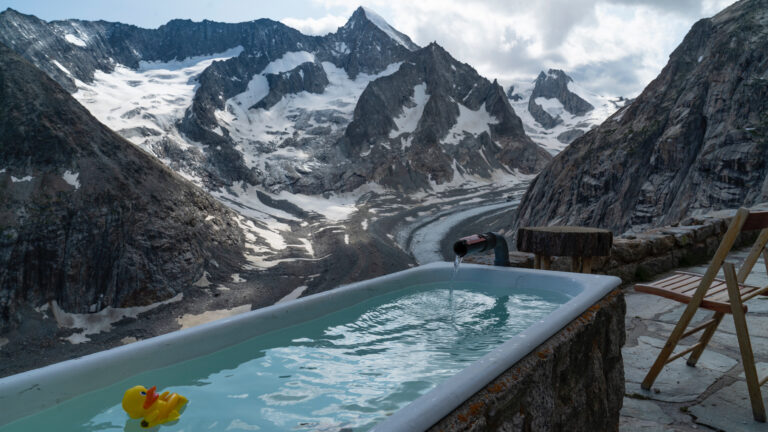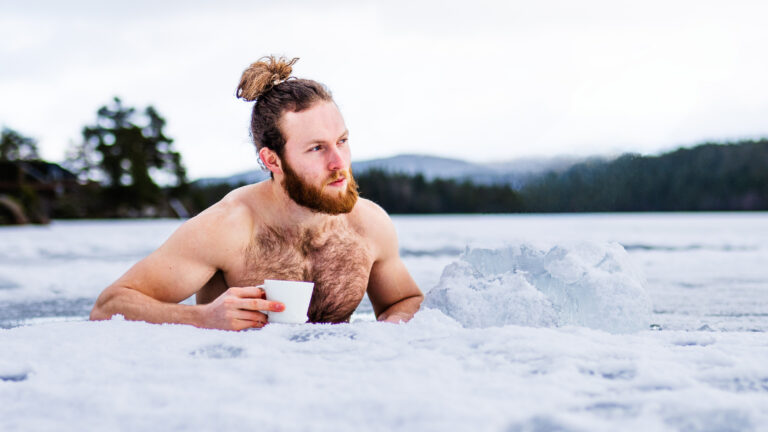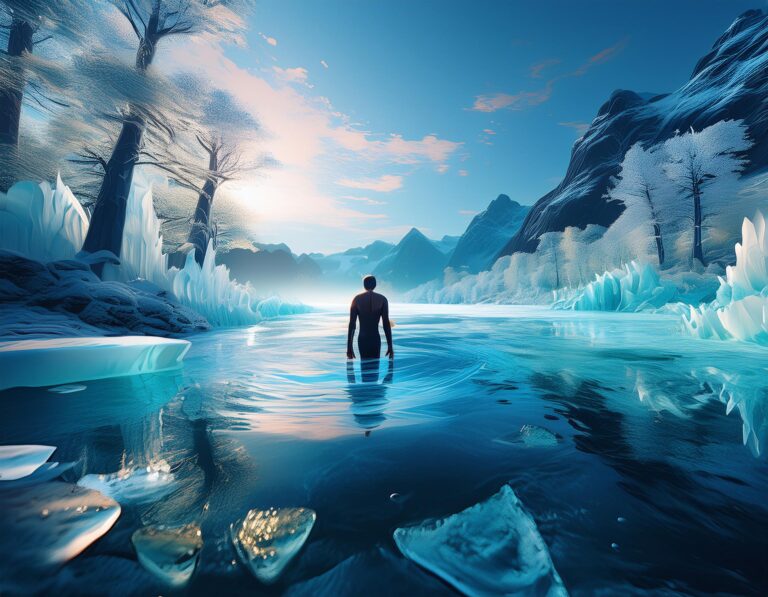What not to do after a cold plunge?

Cold plunges are growing in popularity and offer many health benefits, like increased blood flow and relaxation. This has led many to incorporate this practice into their wellness routines. While the cold plunge benefits are well-documented, what you do after an ice bath is equally important. If you’re unaware of your body’s signals after a cold plunge, you might risk your health.
Here are some common mistakes to avoid after a cold plunge.

Cold Plunge – Mistakes At Home
Not Regulating Your Breathing
After you emerge from your cold plunge experience, it’s crucial to keep deep breathing in a regulated way. Keep count of your breaths, and let them guide you to recovery. If you notice you’re out of breath, try to breathe slowly and calm down as you gradually increase your core temperature.
If your breathing is not coming back to normal, keep track of it and other signals your body is sending you. Are you dizzy or have a headache? Do you feel weak or not able to walk? If those symptoms show, make sure to stay calm and call a doctor.
Immediately Performing Intense Physical Activity
After a cold plunge, giving your body time to adjust to the temperature change is crucial. Jumping into intense physical activity right away can be counterproductive. The body needs a moment to stabilize its core temperature and blood flow.
Engaging in high-intensity exercise too soon after a cold plunge can lead to muscle strain and an increased risk of injury. The muscles are in a state of contraction from the cold, and pushing them too hard can cause damage.
Instead of diving into a rigorous workout, opt for gentle activities like stretching or light walking. This allows your body to gradually return to its normal state, maximizing the benefits of cold water immersion therapy.
Entering Excessively Hot Environments
Sudden shifts from cold to hot environments can shock your system. The body needs time to acclimate to temperature changes to maintain homeostasis. Jumping into a hot shower or sauna immediately after a cold plunge can be harmful.
Exposing your body to high temperatures right after a cold plunge can lead to:
- dizziness,
- fainting,
- cardiovascular stress.
The rapid temperature change can also strain your heart and blood vessels. Instead of rushing to warm up, allow your body to gradually acclimate. Use a lukewarm shower and slowly increase the temperature. This approach helps in maintaining the benefits of cold exposure therapy.
Ignoring Hydration and Nutrition Needs
Cold water therapy can be dehydrating. It’s essential to rehydrate immediately after a cold plunge. Drinking water helps in replenishing lost fluids and supports overall recovery.
Consuming a balanced meal or snack rich in proteins and carbohydrates can aid in muscle recovery. Foods like nuts, fruits, and lean proteins are excellent choices to support your body’s needs post-cold plunge.
Neglecting proper hydration and nutrition can lead to:
- fatigue,
- muscle cramps,
- delayed recovery.
Ensuring you meet your body’s needs will enhance the benefits of cold plunge recovery. For more information on the benefits of cold plunges, visit our detailed guide on cold plunge benefits.
Consuming Alcohol, Coffee, and Energy Drinks
While you’re nicely hydrating and recovering after your cold plunge, it’s essential to remember to avoid alcohol and caffeine-infused drinks (yes, including coffee!). While they are liquids in every sense of the word, these drinks can actually dehydrate you or mess with your metabolism after a cold plunge.
Alcohol and caffeine might slow your recovery process down, as your body focuses on metabolizing them first. They might also increase your heart rate or make you more dizzy during your recovery, which doesn’t help your body reap the cold plunge benefits. Make sure to drink plenty of water or electrolytes before indulging in coffee or alcohol. The ice bath will anyway probably wake you up enough!
Maximizing the Cold Plunge Benefits
Understanding what not to do after a cold plunge is crucial for maximizing the health benefits of this practice. By avoiding immediate intense physical activity, steering clear of excessively hot environments, and paying attention to hydration and nutrition, you can ensure a safe and effective recovery. Integrating these practices into your routine will help you reap the full rewards of cold water therapy.
To learn more about the benefits of ice baths, click here. Want to know how to prepare for a cold plunge? Find our in-depth article here.






